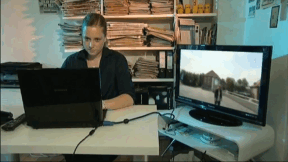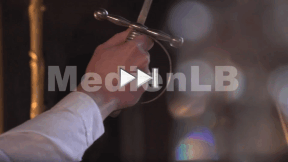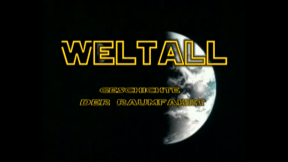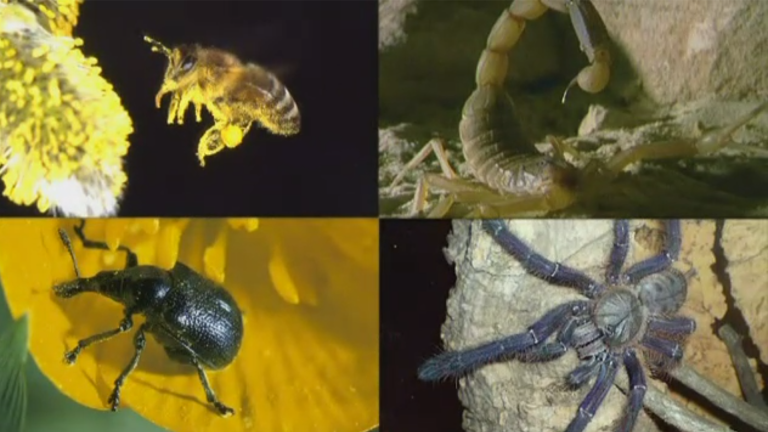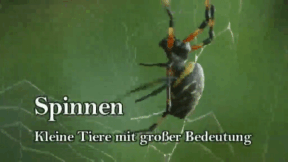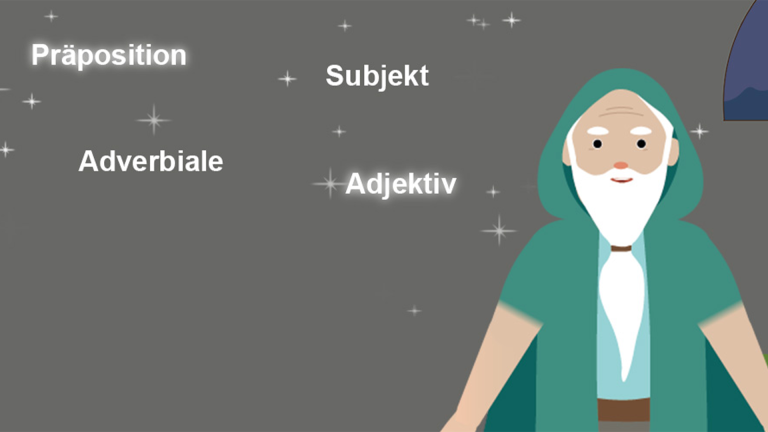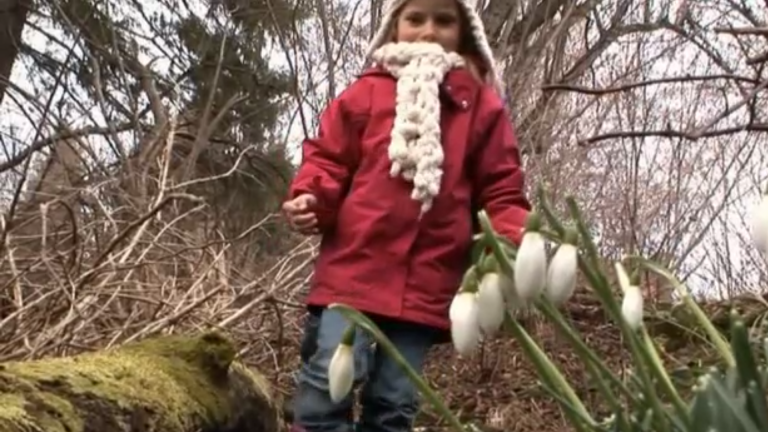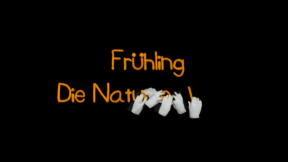Suche:
- # Artistry
- # Biology
- # Chemistry
- # Ecological
- # Economy
- # English
- # Foreign Language
- # Geography
- # German
- # Health
- # History
- # Informatik
- # Latin
- # Mathematics
- # Media Education
- # Music
- # Physics
- # Politics / Civics
- # Preschool
- # Primary School
- # Religion
- # Society
- # Sports
- # Technology
- # Training of Teachers
- # Vocational Education
Solutions, Emulsions and Mixtures of Substances
Be it milk in a cereal bowl, tea in a glass or the air around us. We constantly come across mixtures of substances in our everyday lives. As the name suggests, they are mixtures – mixtures of several so-called pure substances.
Learn moreSource of Energy
Energy determines our lives. Without energy, plants, animals and humans would not be able to live. Without energy, there would be no movement. But what is energy? Where does it come from and how is it used – yesterday, today, tomorrow? The DVD provides an illustrative introduction into the highly topical issue of energy. Starting with the human perception, it leads us to the cosmic primal source, the huge fusion power plant above our heads – to the sun. In doing so, it explains how energy reaches the Earth and is used here in different ways by plants, animals and humans. The physics part clears up the terms work, power and degree of efficiency. The DVD shows what conversion losses occur in the process from primary energy to useful energy, of course including the clarification that energy can neither be generated nor lost in a physical sense. The ecological, economic and social sustainability is discussed. This way, it is made clear that only Renewable Energy – thus energy from the Sun – can secure our future.
Learn moreSoziale Brennpunkte
Barbara und Sükran haben so manche Dinge gemeinsam: Sie sind etwa gleich alt, haben beide Kinder – und sie wohnen in demselben Haus in Bergkamen – einer Stadt in Nordrhein-Westfalen, in die aufgrund ihrer Bergbauvergangenheit nach dem Zweiten Weltkrieg viele Gastarbeiter aus der Türkei gekommen sind.
Learn moreSoziale Medien
Ein neuartiges Phänomen ist in den sozialen Netzwerken zu beobachten – das demonstrative Zurschaustellen des Reichtums der Eltern.
Learn moreSoziale Netzwerke
Ich weiß, wer du bist und wo du bist, obwohl du mich gar nicht kennst ... Das ist das erschreckende Ergebnis des Facebook-Experiments einer Reporterin. Vier Wochen lang sammelt diese mit einem Fake-Profil Informationen wie Adresse, Telefonnummer, Arbeitszeiten und vieles mehr. Mit den richtigen Interessen hat sie innerhalb von drei Wochen 113 Facebook-Freunde, die sie gar nicht kennt.
Learn moreSoziale Schere
Die Verteilung des Vermögens in der Bundesrepublik hat sich in den letzten Jahrzehnten zulasten der ärmeren Bevölkerungsschichten verändert.
Learn moreSozialismus
Der Unterrichtsfilm beleuchtet die Grundlagen des Sozialismus, der als Gesellschaftsmodell auf Gemeineigentum und Gemeinwirtschaft beruht. Er hielt infolge der Industrialisierung als Gegenmodell zum Kapitalismus Einzug. Doch in den Ländern, wo sich der Sozialismus verbreitet hatte, erwies er sich als ökonomisch ineffizient und führte letztlich zur Einschränkung der menschlichen Grundrechte sowie zur Verletzung der Rechtsstaatlichkeit.
Learn moreSozialstaat
Artikel 20 und 28 des Grundgesetzes definieren die Bundesrepublik Deutschland als Sozialstaat. Doch was bedeutet das?
Learn moreSpace
The conquest of a new world: the first satellite, the first man in space, the first steps on the moon – pictures we all know.
Learn moreSpiders
Spiders evoke fear and disgust with many people. Spiders living in or near houses are often killed by humans or vacuumed away with their vacuum cleaners. But that does not need to happen! Spiders contribute to the biological balance by eating mosquitoes, flies and other pests. A world without spiders would be scary! The film covers in detail and explains the zoological classification of spiders, their characteristics, food and hunting techniques, their different habitats as well as reproduction and brood care. Spectacular shots of spiders make the film a thrilling experience and reveal what we have never seen before in the hidden world of spiders.
Learn moreSprache untersuchen
Der liebevoll animierte Film führt Grundschüler:innen in die grundlegenden syntaktischen Strukturen ein. In einem eigenen Kapitel werden die Wortarten vorgestellt und deren Verwendung dargestellt.
Learn moreSpring
Spring is an eventful period. We humans are glad that it gets warmer again and stays light longer. The warm air entices us to go cycling, to play or to enjoy the sun. The film describes the changes occurring in nature after the cold winter. We learn when it is spring again and how the seasons develop. We are shown the most popular spring flowers.
Learn more












